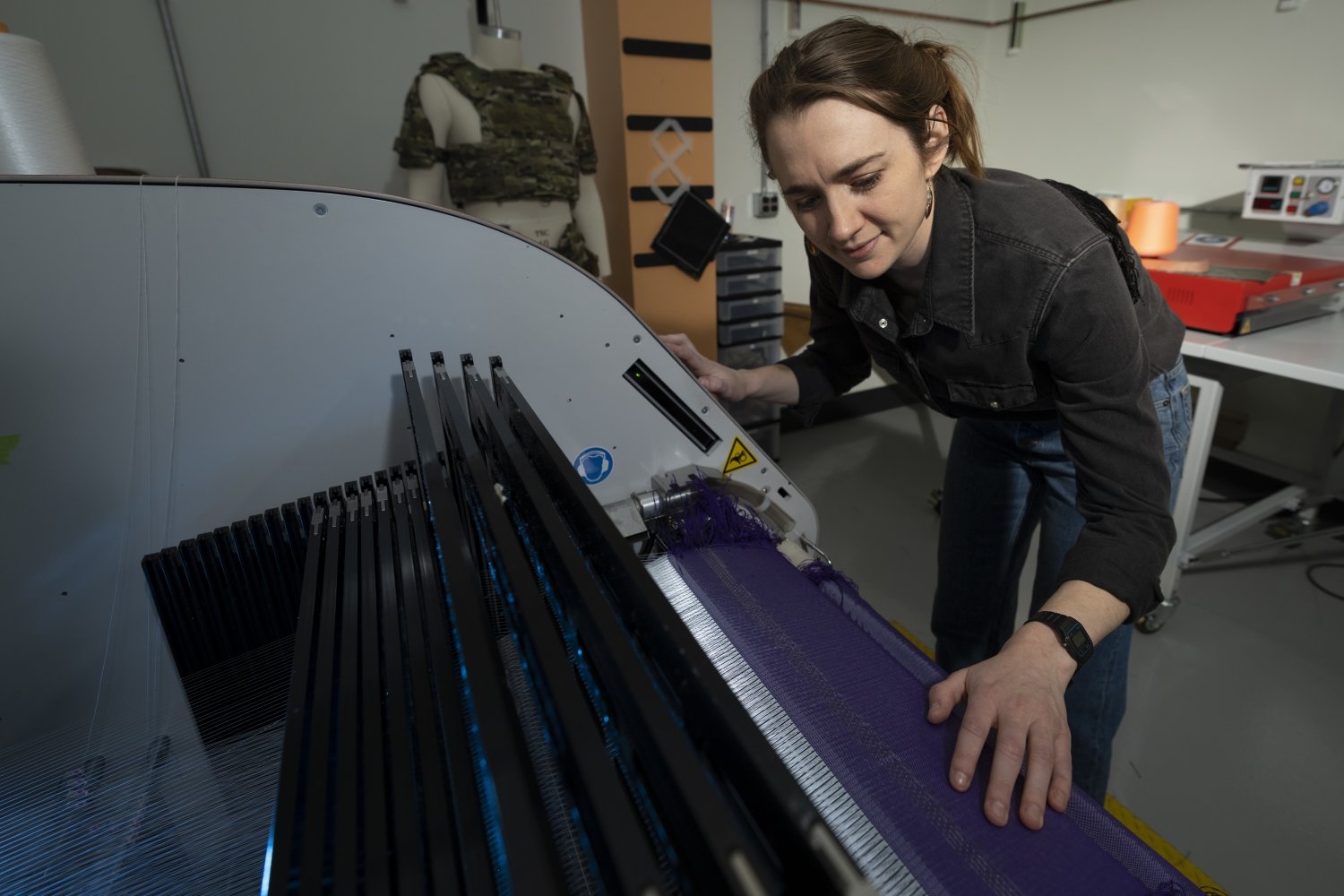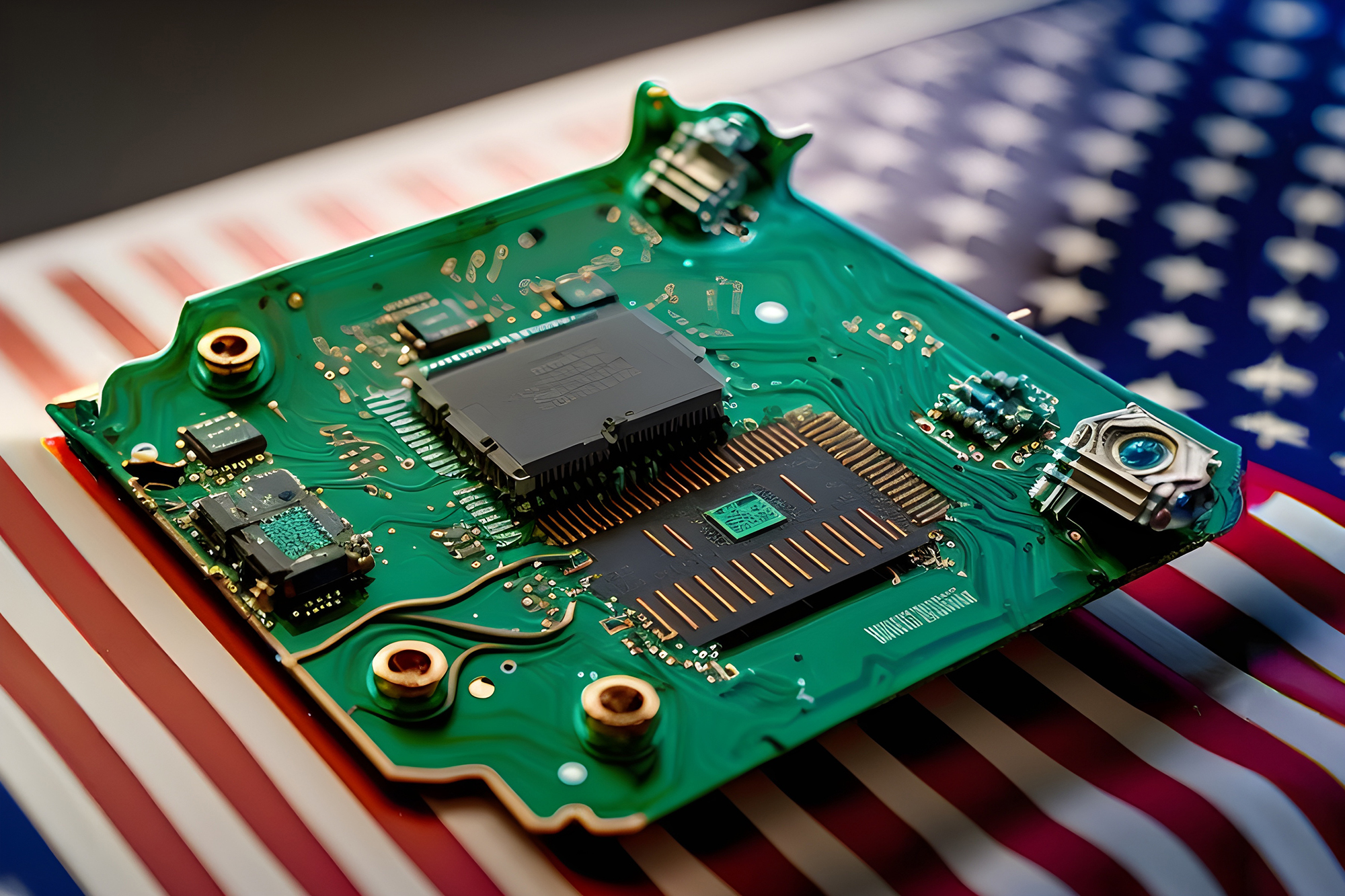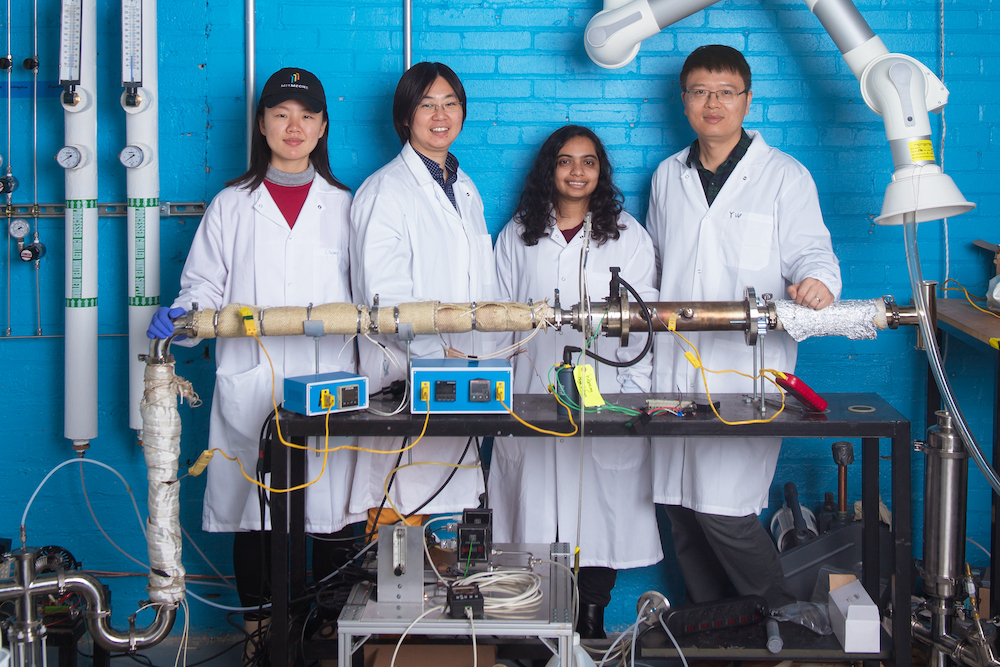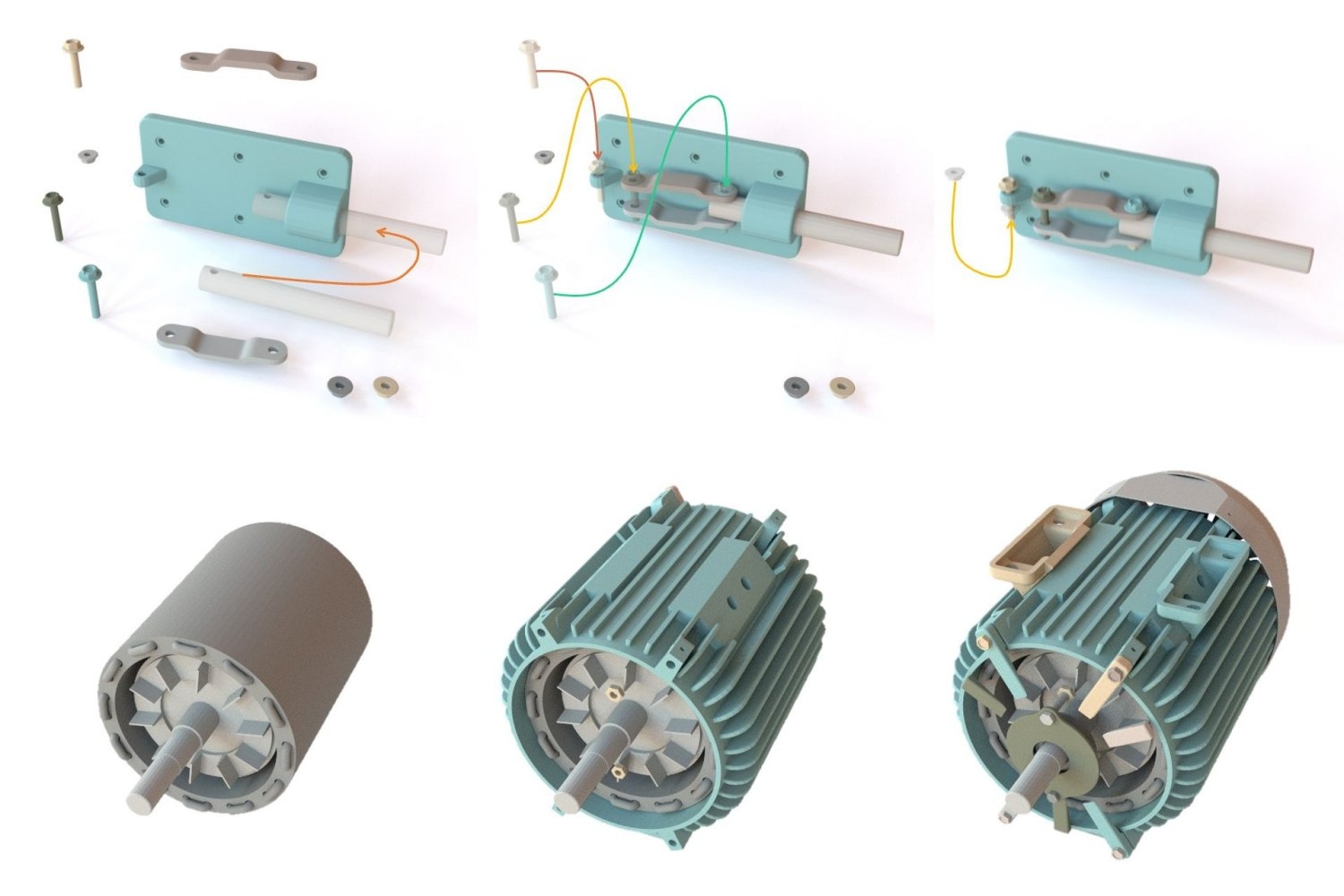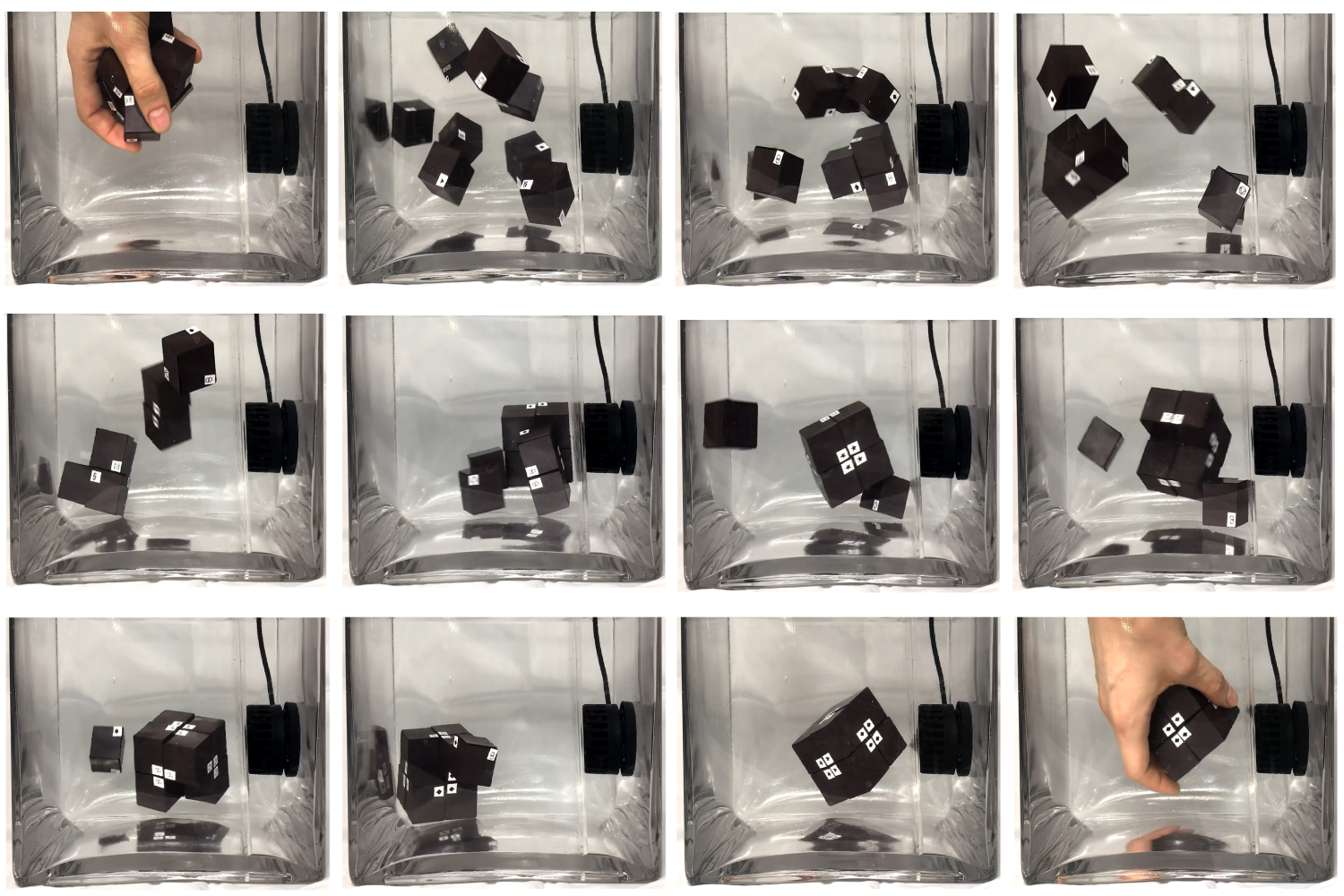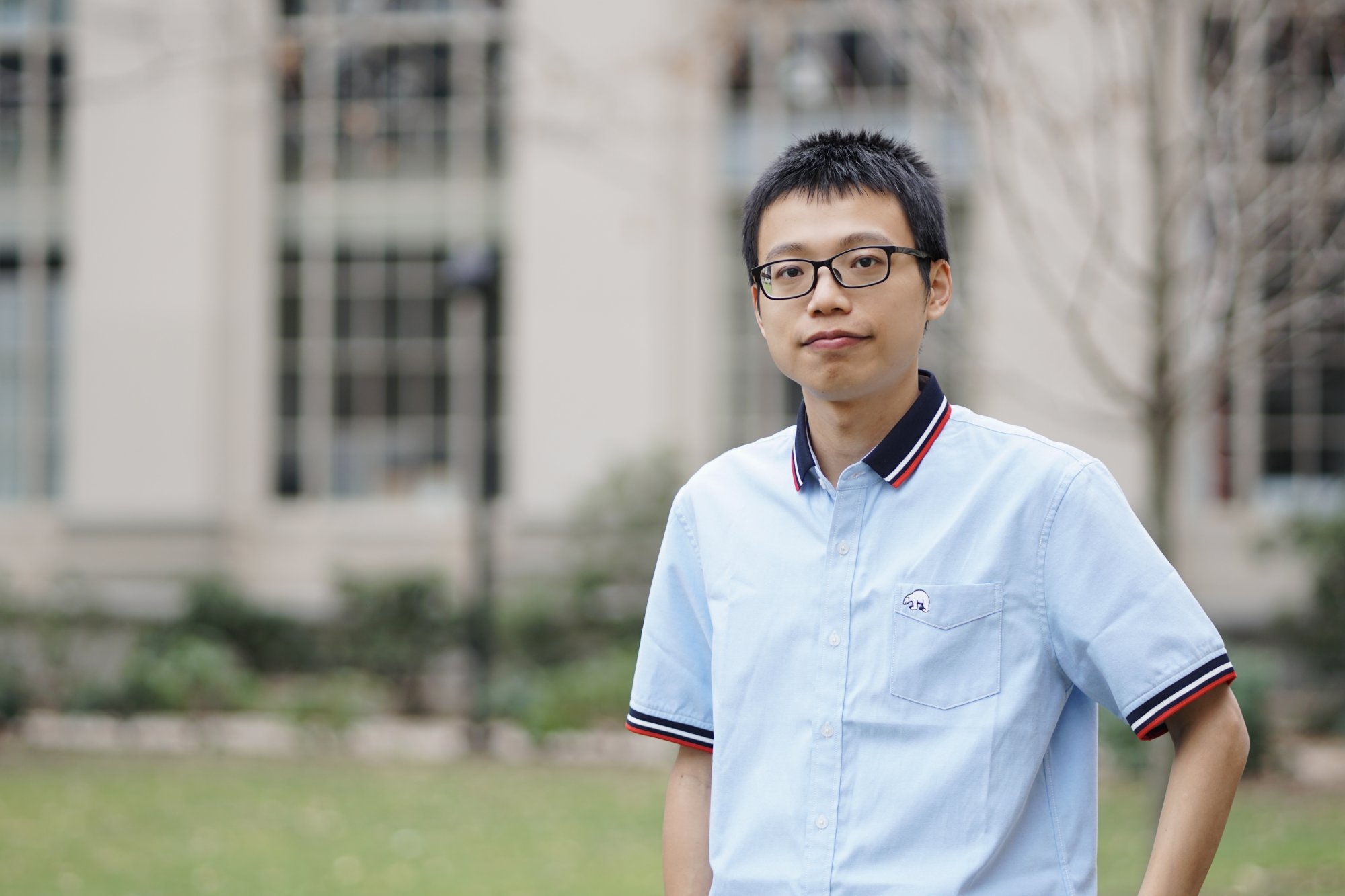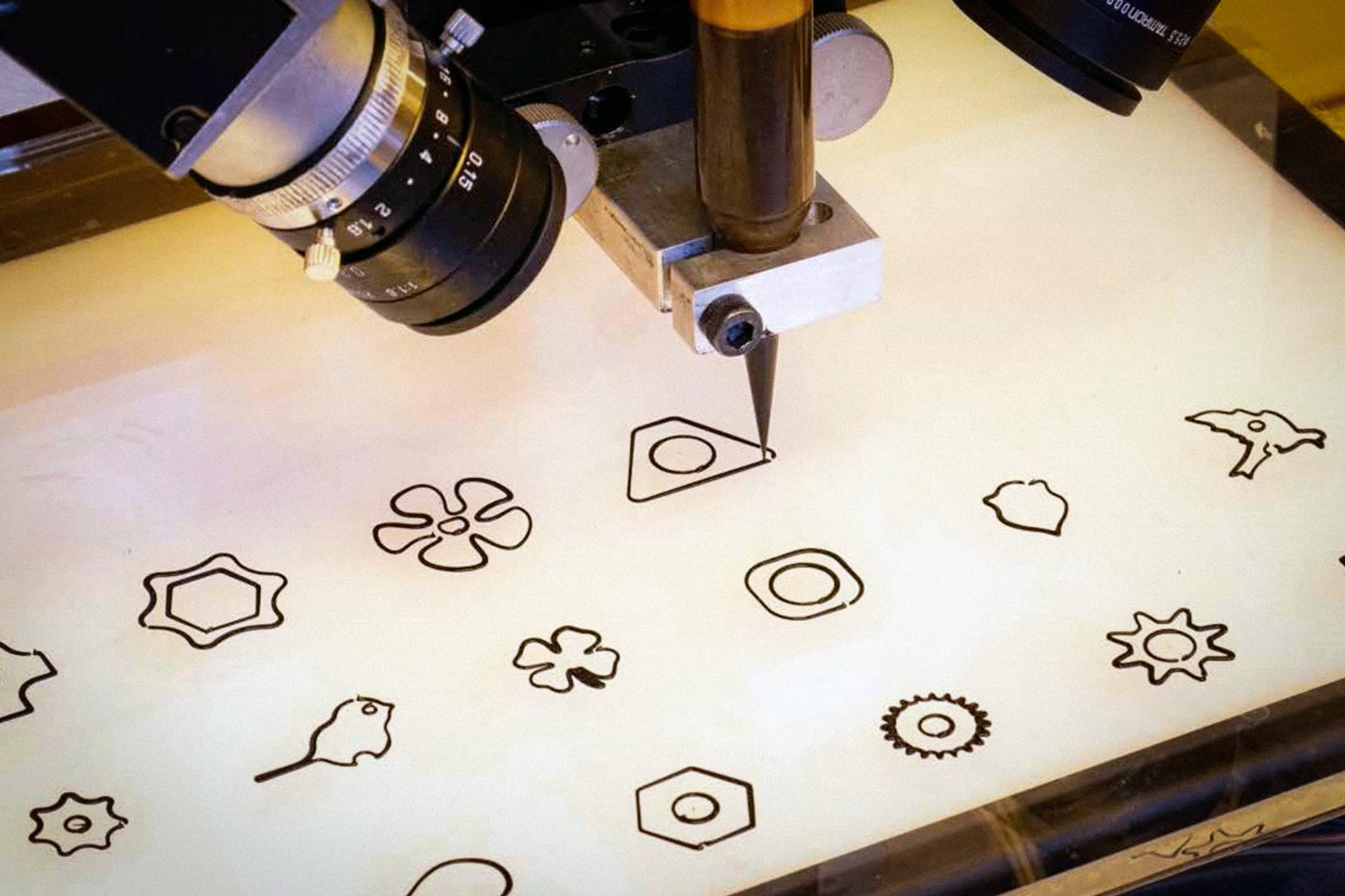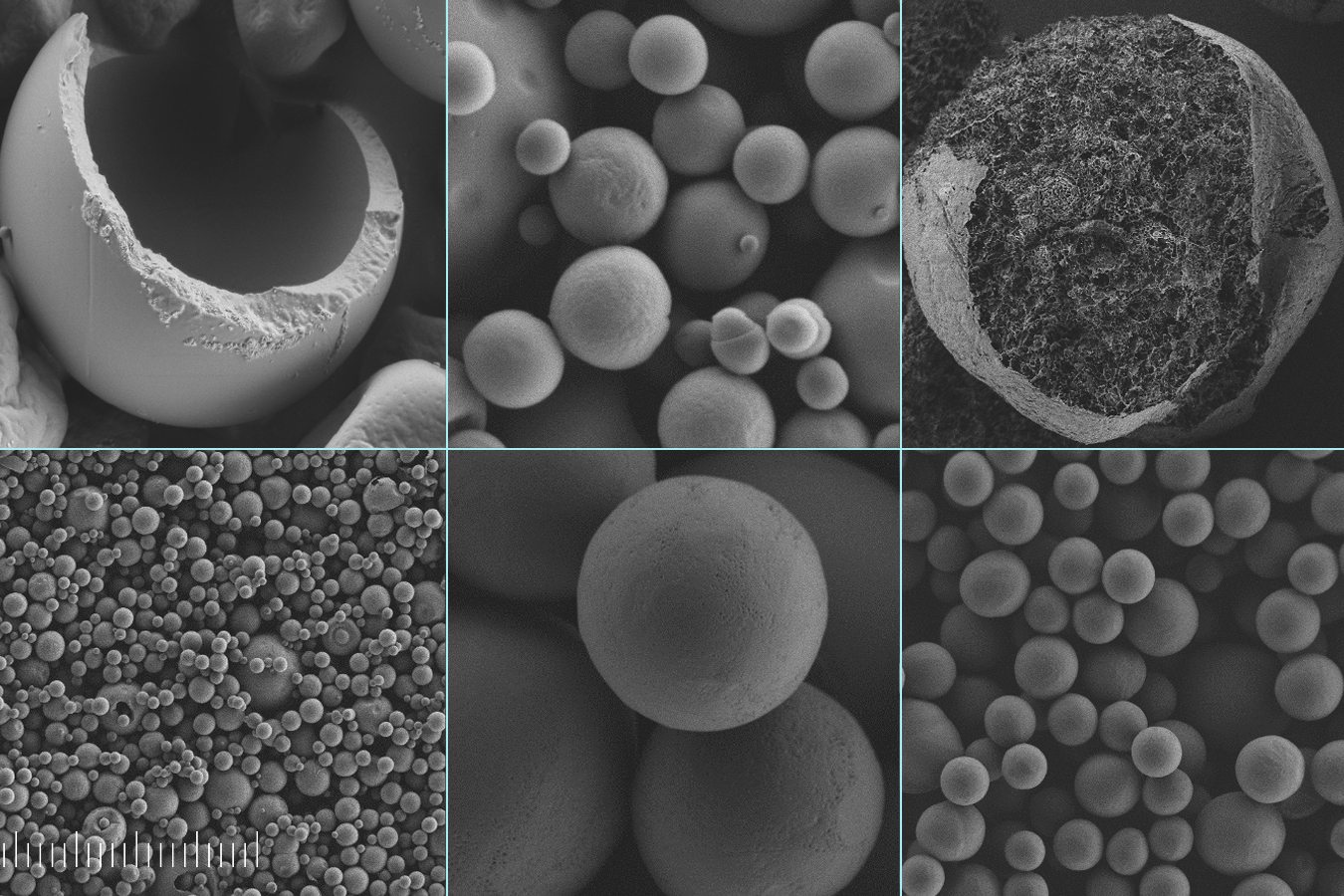Report: CHIPS Act just the first step in addressing threats to US leadership in advanced computing
The Advanced Computing Users Survey, sampling sentiments from 120 top-tier universities, national labs, federal agencies, and private firms, finds the decline in America’s advanced computing lead spans many areas.
Rachel Gordon | MIT CSAIL •
mit
Feb. 28, 2023 • ~10 min
Feb. 28, 2023 • ~10 min
/
17

